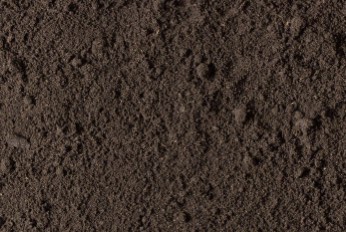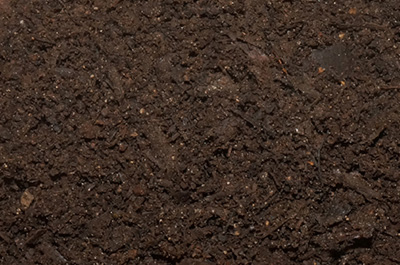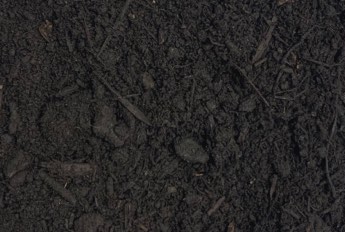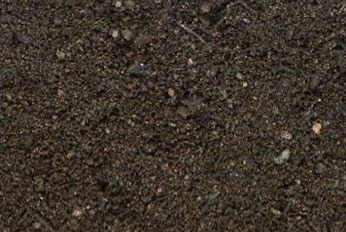Topsoil & Compost Delivery
From fertile topsoil to mushroom compost, we’ve got you covered. Our soil types are available in bulk and we deliver in and around the Barrington area.
Soil Products
Ask about wholesale pricing.
A Guide to Choosing the Right Topsoil for Your Garden
Choosing the right topsoil for your garden depends on your specific planting needs and soil conditions. Not all topsoil is the same—some are nutrient-rich and ideal for planting, while others may require amendments for optimal performance. Understanding the differences between topsoil types and how they interact with your garden can help ensure healthy plant growth and long-term soil fertility.
7 Key Factors When Selecting Your Topsoil
Soil Composition and Texture
- High-quality topsoil should have a balanced mix of sand, silt, and clay, often referred to as loam.
- Loamy topsoil provides good drainage while retaining essential moisture and nutrients.
- Avoid overly sandy topsoil, which drains too quickly, or heavy clay-based topsoil, which retains too much water and can become compacted.
Nutrient Content and Organic Matter
- Look for topsoil rich in organic material, as this supports plant growth by improving soil structure and moisture retention.
- If the topsoil is low in nutrients, consider blending it with organic compost or mushroom compost to enhance fertility.
Drainage and Moisture Retention
- Good topsoil should absorb water without becoming soggy or overly compacted.
- For gardens with poor drainage, incorporating organic compost can improve water retention and aeration.
pH Balance and Soil Health
- Most plants thrive in a neutral to slightly acidic pH range (6.0 to 7.0).
- If your existing soil is too acidic or alkaline, mixing it with garden mix (50/50 topsoil and compost) can help balance the pH and enhance fertility.
Soil Quality and Purity
- Choose topsoil that is free from contaminants, large debris, or excessive weed seeds.
- Screened topsoil is a great option, as it has been filtered to remove rocks and other unwanted materials.
Matching Topsoil to Your Project
- For Raised Garden Beds: A blend like garden mix (50/50 topsoil and compost) provides the best of both worlds—nutrient-rich soil with excellent drainage.
- For Lawns and Turf Installation: Choose high-quality screened topsoil to ensure an even, level surface for seeding or sod installation.
- For Flower Beds and Vegetables: Adding organic compost or mushroom compost to your topsoil will improve soil fertility and encourage strong plant growth.
- For Filling Low Spots and Landscape Grading: Use pure topsoil to build up areas, then amend with compost if needed.
By selecting the right topsoil based on your specific gardening or landscaping needs, you can create a thriving, nutrient-rich environment that promotes healthy plant growth. If you’re unsure which type of soil is best for your project, DT Landscaping offers topsoil, organic compost, mushroom compost, and garden mix to suit a variety of applications.
What is soil or topsoil?
Topsoil is simply the topmost layer of soil found naturally on the earth’s surface, usually extending about 5 to 10 inches deep. This is the soil you’ll commonly find when you first dig into the ground. Because topsoil contains high amounts of nutrients and organic matter, it’s highly valued for growing plants.
Composition of Topsoil
- Organic Matter: Decayed plants, animal materials, and compost provide nutrients for plants.
- Minerals: Essential nutrients such as nitrogen, phosphorus, potassium, and calcium.
- Microorganisms: Beneficial bacteria and fungi that promote healthy plant growth.
- Air and Water: Spaces within the soil provide oxygen and moisture to roots.
The ideal topsoil, known as loam, contains a balanced mix of sand, silt, and clay.
How Topsoil Forms
Topsoil naturally forms over hundreds of years as plants, leaves, and other organic materials decompose and blend with mineral particles. This slow process creates nutrient-rich soil that’s excellent for gardening and landscaping.
Why is Topsoil Important?
- Supports Plant Growth: Provides essential nutrients and minerals for healthy plants.
- Improves Soil Structure: Allows air, water, and nutrients to flow freely, critical for robust root systems.
- Enhances Soil Drainage: Properly balanced topsoil prevents waterlogging, which protects plant roots from damage.
Differences Between Topsoil and Other Soils
- Topsoil vs. Subsoil: Topsoil is richer in nutrients and organic matter than subsoil, making it better for plant growth.
- Garden Soil vs. Topsoil: Garden soil is usually enriched topsoil mixed with compost or other amendments to boost fertility specifically for gardening.
How to Recognize Quality Topsoil
- Texture and Color: Quality topsoil is typically dark brown or black, indicating rich organic matter.
- Organic Content: Should have noticeable organic material but minimal debris.
- Cleanliness: It should be free of weeds, debris, rocks, and contaminants such as plastic or glass.
Common Uses for Topsoil
- Gardens and Flower Beds: Provides essential nutrients and structure for optimal plant growth.
- Lawns and Turf Repair: Quickly repairs bare spots by providing an ideal growing environment for grass seed.
- Landscape Leveling: Topsoil is frequently used to level uneven terrain and create smooth, attractive landscapes.





